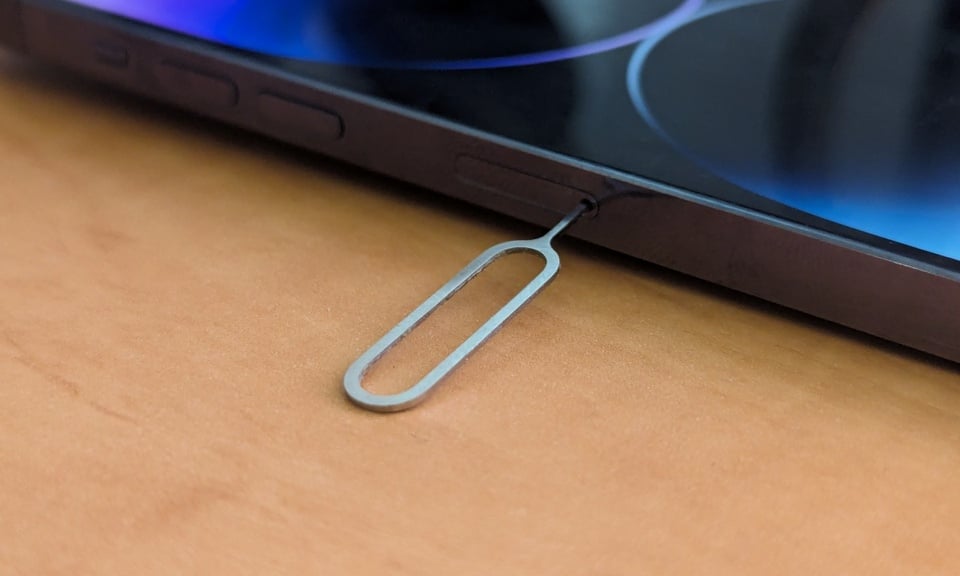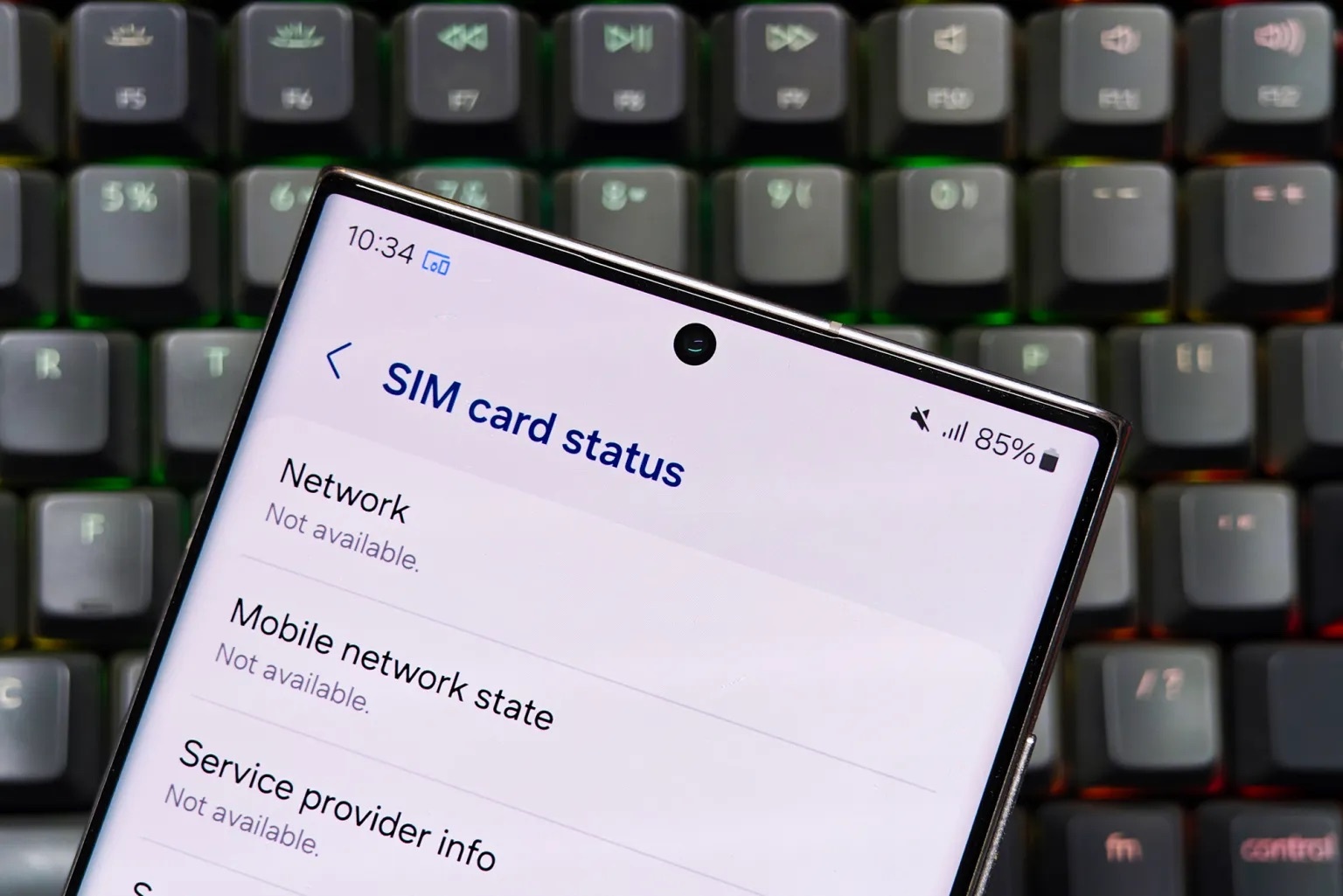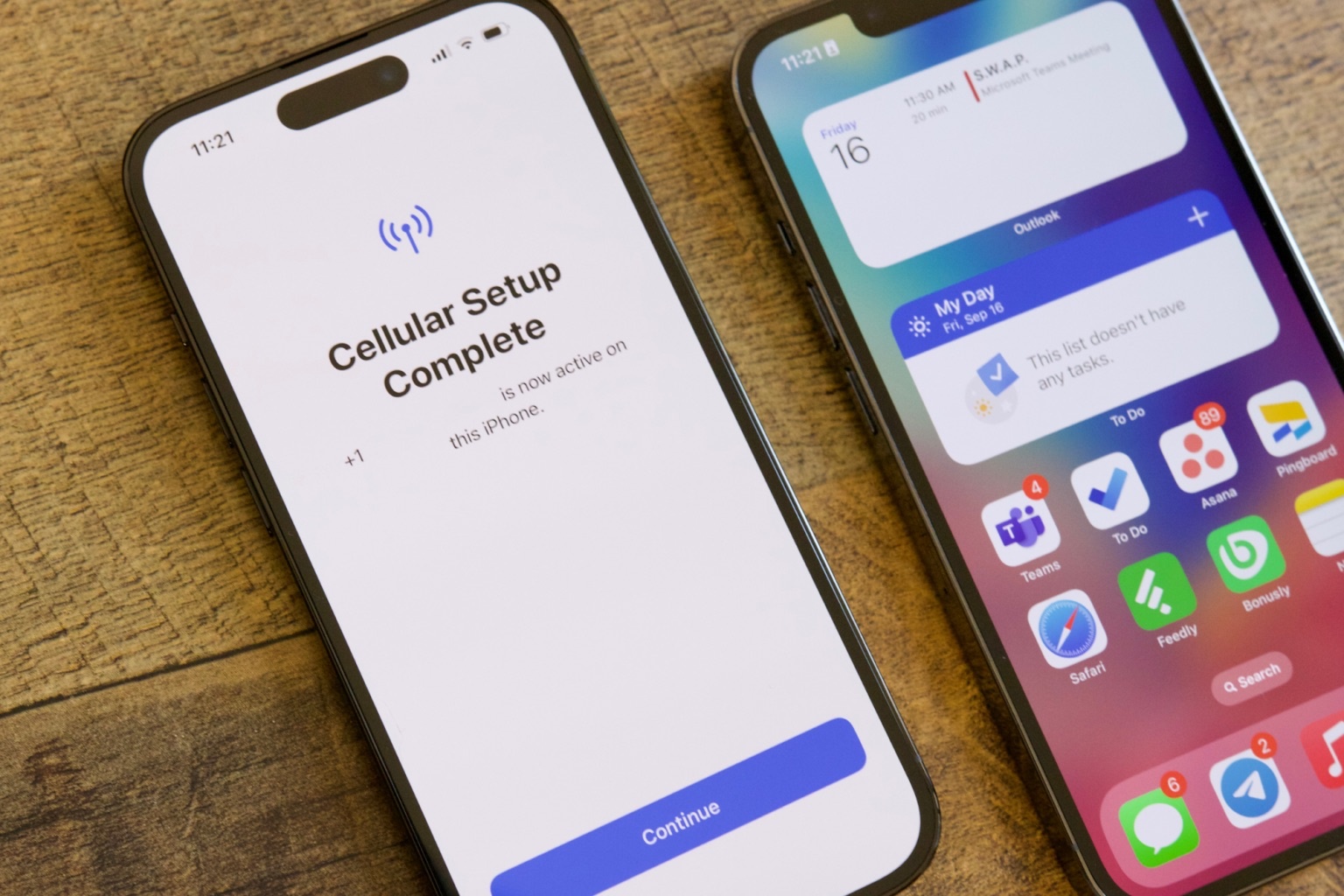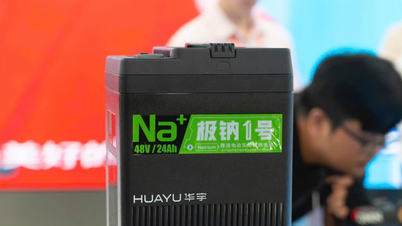 |
More and more smartphones are eliminating the SIM card slot. Photo: Digital Trends . |
In the US market, in the last 3 generations of iPhones, Apple has removed the physical SIM card slot, replacing it with eSIM. With the upcoming iPhone 17 Air line, many sources say that the products sold in all markets will not have a SIM card.
Google also followed Apple in removing the SIM slot from the Pixel 10, Pixel 10 Pro and Pixel 10 Pro XL sold in the US. In the future, many manufacturers will continue to completely replace physical SIM cards with eSIM on smartphones.
Transitional period
The phone SIM card has gone through many stages, from the first generation SIM with a standard size of 85.6 x 53.98 mm. Over time, this component has gradually shrunk to the mini-SIM standard, then to the micro-SIM and now to the nano-SIM, present in most phones released in the last 10 years.
When it launched, the eSIM promised a global standard that would make it easy for users to activate a new SIM card when traveling to another country. Alliances in the mobile industry pledged that the eSIM would usher in a new era, allowing SIMs to be transferred from phone to phone or between networks with a few taps.
In reality, eSIM is much more complicated today. Most major carriers globally offer eSIM services, but not all of them support eSIM for prepaid customers.
 |
There are still many obstacles when using eSIM. Photo: Digital Trends. |
Some carriers require users to contact customer service, download an app to activate, or follow other complicated procedures. Even for postpaid subscribers, the process of switching SIM cards is not as simple as promised.
Switching eSIMs between phones is similarly problematic. Some carriers make it quick, while others require software intervention or some form of registration.
For eSIM to become the future standard of mobile connectivity, there is still much work to be done. Operators need to put aside their own interests to build a global eSIM standard that is compatible and widely supported.
Advantages and future of eSIM
The most obvious advantage of eSIM over physical SIM is quantity. Users can configure 4-5 eSIMs on the phone at the same time, while the number of physical SIMs supported on the phone is usually 2 or 3.
Another advantage is that eSIM does not require an additional slot on the device, helping to reduce components and save space for smartphones, which are increasingly cramped over time, forcing manufacturers to find ways to optimize.
 |
eSIM could be the future of mobile connectivity. Photo: Digital Trends. |
The current problem with eSIM comes from the existence of both a physical SIM slot and an eSIM on the same device. If eSIM becomes the standard, completely eliminating the physical SIM, the obstacles related to incompatibility and difficulty in switching will also be removed when every network in the world uses eSIM.
Such a drastic move would force the global mobile industry to quickly adopt an eSIM standard that would not only focus on maximizing each carrier's revenue but also help them attract new customers.
However, it is not impossible that the short-term future of mobile SIMs will remain as they are today, with both physical SIMs and eSIMs. The transition to eSIMs in many countries is still cautious, making the idea of a global standard still quite far away.
Source: https://znews.vn/da-den-luc-iphone-17-bo-han-khay-sim-post1580285.html



![[Photo] The Steering Committee of the 2025 Fall Fair checks the progress of the organization](https://vphoto.vietnam.vn/thumb/1200x675/vietnam/resource/IMAGE/2025/10/20/1760918203241_nam-5371-jpg.webp)


































































































Comment (0)